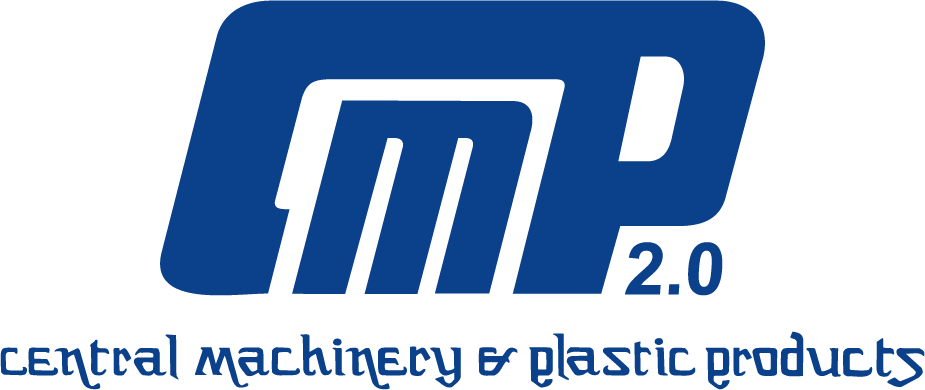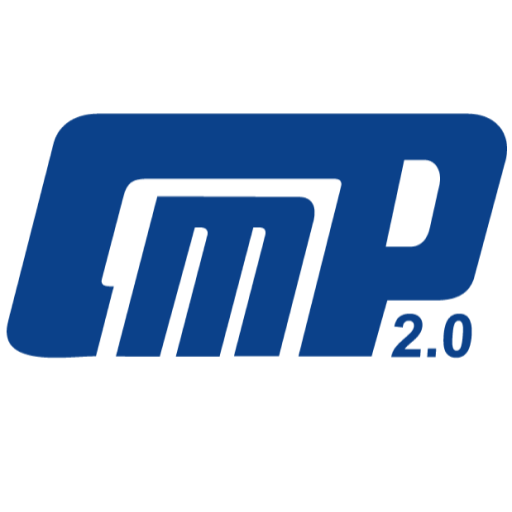Blogs
CO . EXTRUSION WITH BARRIER LAYER IN BLOW MOULDING
*Why Barrier Layer is used
Many products extruded from blow moulding machines face various issues such as:
- The permeation of oxygen, water vapour, or air (food, pharmaceuticals)
- The loss of carbon dioxide (mineral water, soft drinks)
- The loss of aromas or flavours(food, cosmetics)
- The loss of solvents (agrochemicals, paints), and/or
- The loss of hydrocarbons (plastic fuel systems: tanks, filler pipes, jerry cans).
Hence to eliminate all the above said issue a barrier layer is used to process the bottles & containers
*What kind of barrier material are used in EBM?
EVOH–Ethylene Vinyl Alcohol
Density 1.1– 1.2 g/cm^3
Glass transition temperature 15–70°C
Max continuous Service temperature 80-100°C
Thermal insulation (Thermal conductivity) 0.34– 0.36 W/m. K
If high humidity conditions exist, pellets should be dried at 90-110°C for 2-3 h. When melt temperature exceeds 250°C, the polymer may decompose, causing gels or voids in the extrudate.
Extrusions
A three-zone screw with a total L/D ration of 24 to 30 is recommended. Melt temperature: 170-220°C
Strengths
Outstanding barrier to gases, such as oxygen,
nitrogen, carbon dioxide and helium
Excellent resistance to greases, chlorinated solvents, esters to odours and aromas
Good resistance to gamma sterilization FDA compliant, Easily printable
Suitable for transparent applications
Good weathering resistance
Good adhesion with polyamides
Limitations
Sensivity to moisture
Moderate heat resistance
Many properties highly depend on ethylene to vinyl alcohol ratio
Attacked by acids and oxidants
Poor adhesion to most polymers, a tie-layer is generally needed.
Applications
Packaging
Multilayer flexible food packaging (processed, meats, bag in box, red meat, cereal…)
Multilayer rigid food packaging ( sauces, edible oils, juices
Bottles for pesticides and agri-chemicals Tubes for cosmetic packaging.
The Processing of EVOH
EVOH is typically used in combination with other materials in a multi-layer co extrusion process. It can be processed in configurations of:
- 3-layer
- 4-layer
- 5-layer
- 6-layer
- 7-layer structures
Important Notes for Processing:
- EVOH resins must be dried using a dehumidifier before processing to avoid moisture-related degradation.
- EVOH does not bond directly with HDPE(High-Density Polyethylene). Therefore, a tie layer (adhesive resin) is used between EVOH and HDPE to ensure proper adhesion.
- The acceptable wall thickness for EVOH ranges from 50 microns to120 microns, depending on the product application.
Role of CMP Machines in Co-Extrusion of Barrier Layers
Over the past few years, CMP has invested in the research and development of co
extrusion blow moulding (EBM)machines equipped for barrier layer processing.
KeyCapabilities of CMP Machines:
- Designed and built to support 3-layer to 5-layer co-extrusion configurations.
- Capable of producing containers ranging from 250 ml to 1 litre.
- Able to achieve EVOH wall thickness between 50 micronsto100microns,
depending on container size and weight.
CMP’s commitment to barrier technology ensures that customers receive high performance machines tailored to their packaging needs in food, pharma, and chemical industries.

